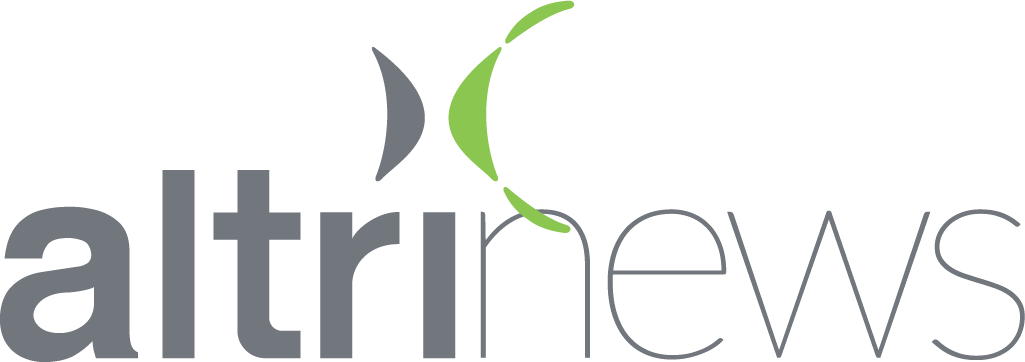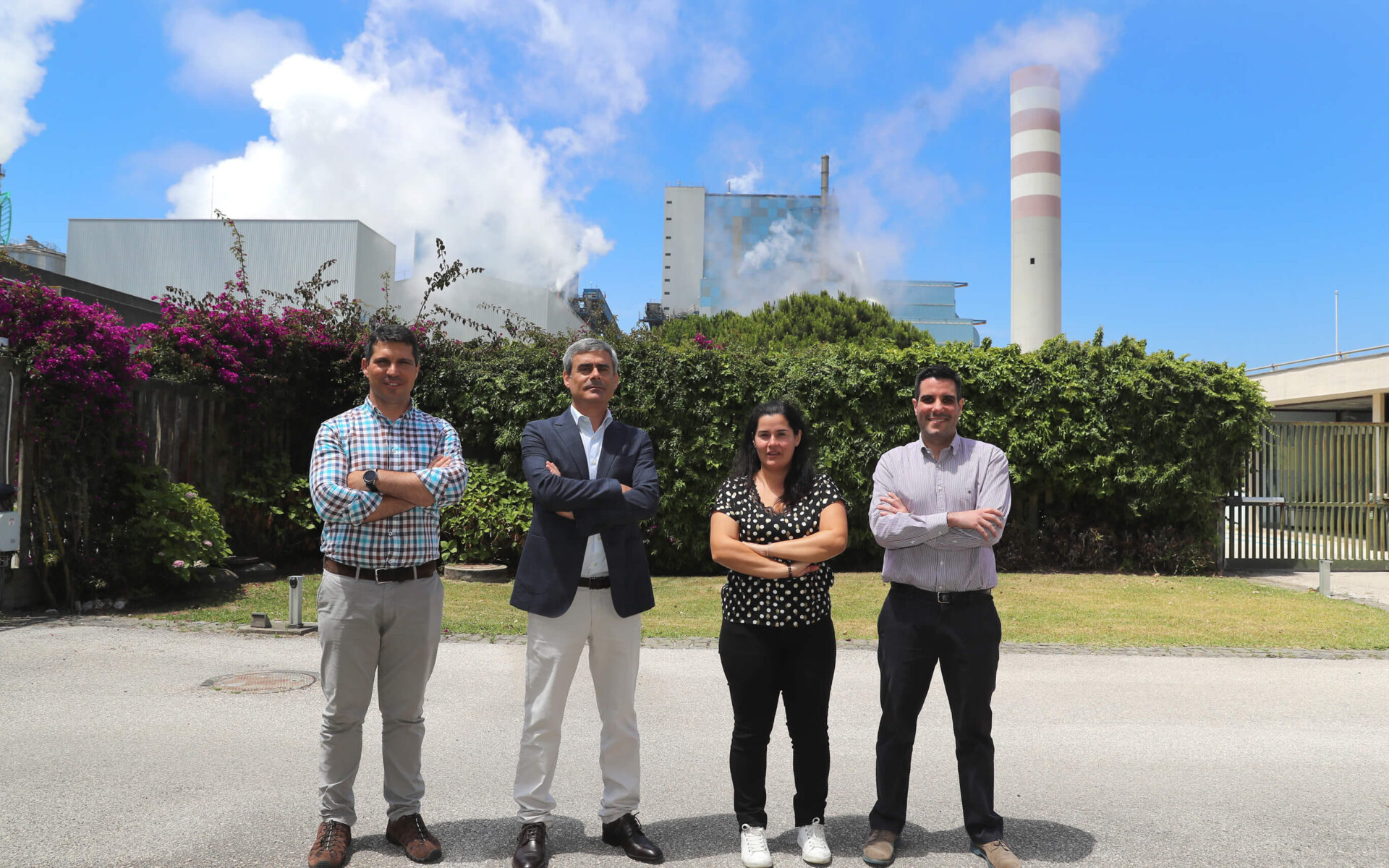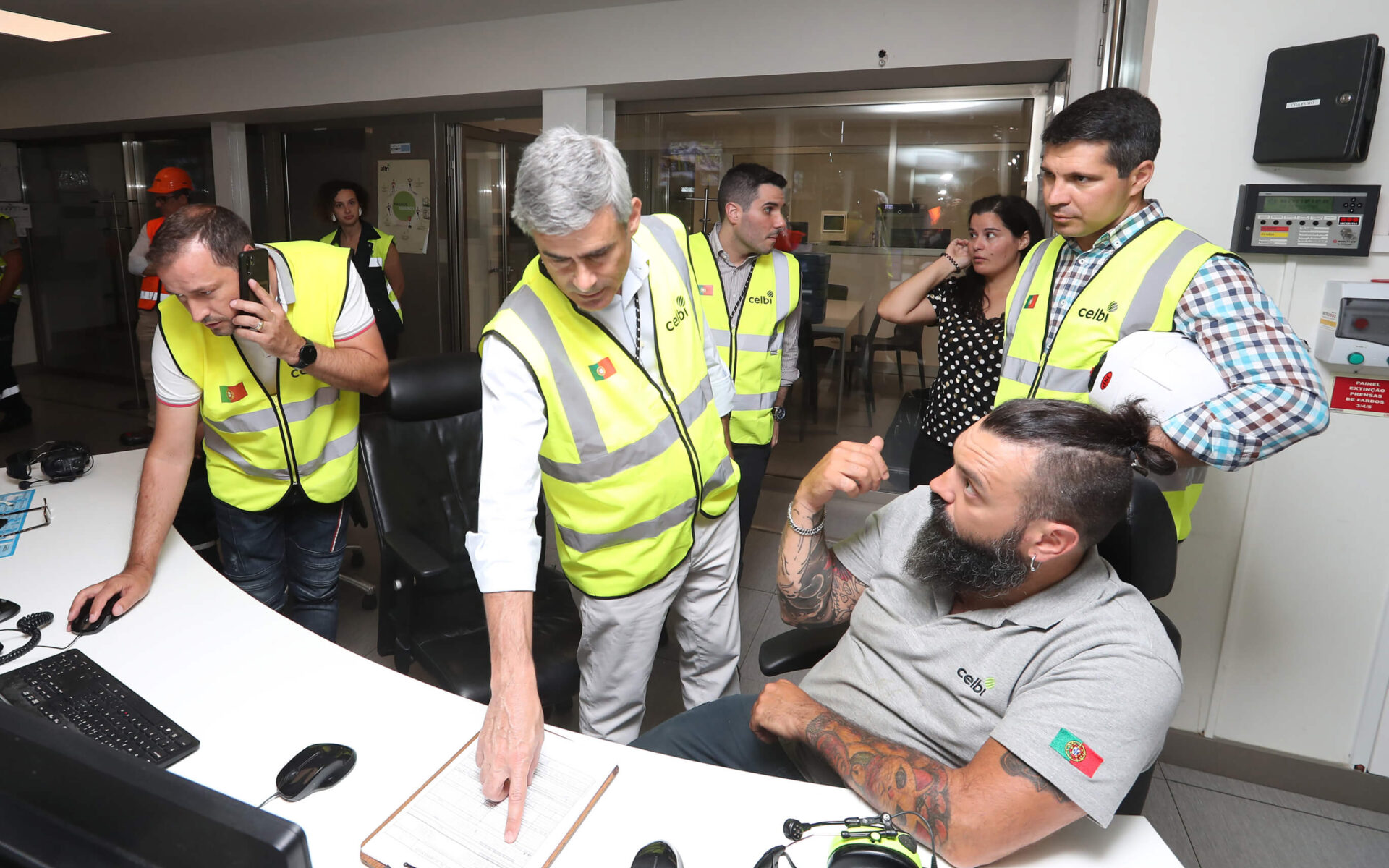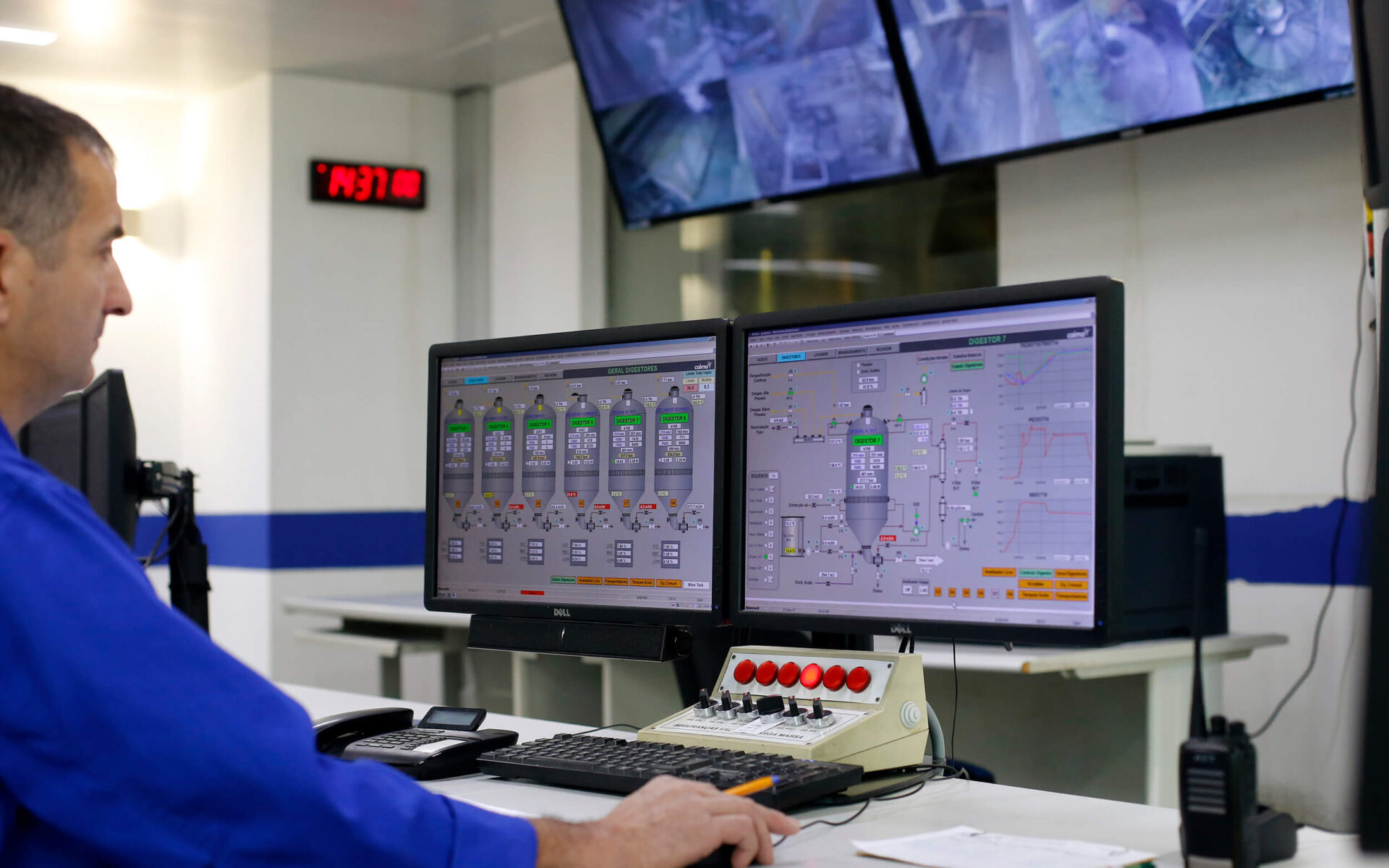“We're here to resolve the issues and meet the challenges brought to us by our factories”
Gualter Vasco, who heads up Altri’s Digital Transformation and Asset Management department, explains that this area of Altri seeks solutions and tools to meet the challenges presented by the organisation across all its business activities.
The term “Digital Transformation” is now commonly used within companies and refers to processes where digital tools are employed to resolve issues which, more often than not, have long been a daily part of business: production or performance shortfalls, issues relating to procedural efficiency or the streamlining of methods used. What’s changed is the tools now available to companies and the way they are used across the multiple levels of operation. We spoke to Gualter Vasco, the head of Digital Transformation at Altri, about the Group’s vision in this regard.
When was the Digital Transformation Division formed?
Altri’s Digital Transformation Division was formed in 2021. We gradually analysed and identified the potential for progress in this area. We started with a report developed together with McKinsey which was the launch pad for the project within Altri. The report was carried out in the first semester of 2021. By the end of this project we had an overview of some areas of the organisation, an assessment of the potential of a set of ideas, which could produce some very interesting results and for which we put together proofs of concept.
Who’s on the team?
We took our time to think about the team, to try to work out which set-up would best suit the situation at Altri, and we settled on a team of four. Carla Duque, who has a lot of experience and work under her belt in the area of process engineering, from the fibre line to the area of recovery and energy, brings a very solid base to the team, contributing towards ensuring that the tools developed are tailored to the operations. Rui Ligeiro, from projects and asset management, has throughout his career worked very closely with engineering and methods, and is tasked with driving projects related to asset management and with issues of reliability and operational efficiency. Finally, we have Hugo Guimarães, a data scientist who has been with us since October 2021, and who is in charge of data analysis and designing tools which will enable us to work the information generated by the company activity, seeking answers to the questions we are asked and the challenges posed.
It’s been more or less a year since the Digital Transformation
area was created. How would you assess the work that’s
been done?
During this initial stage we haven’t been as successful as we’d like. The number of projects presented to us fell short of everyone’s expectations. Maybe it’s a question of perception, since the Altri organisation, from the factories to the other areas, clearly haven’t regarded digital transformation as having the potential to solve their problems. We obviously didn’t communicate that properly and we have work to do here: we have to explain what we are able to do and how we can help in the various different areas of Altri.
It’s true that what we’ve all just been through didn’t help. The limitations imposed by the lockdown restricted the availability of personnel in all operating areas, and therefore they probably weren’t as able to work on these issues as they could have been. In addition to this, some internal moves at our end forced us to make alterations to our team structure, which also disrupted the pace of some projects.
How would you like to be perceived?
The best thing would be for the organisation to regard the digital transformation team as a tool. I hope the operating areas, from A to Z, and not only the industrial areas, look at us as a team that helps to resolve issues, helps to meet the challenges which arise in every area. We’re able to analyse data and test hypotheses and try out any ideas that are brought to us, but above all, our Altri colleagues have to ask us challenging questions.
We understand what factories have to deal with, and although our intention is to become physically more present, it will actually be easier and more normal for those who work in the operational areas to provide us with a springboard, since they’re the ones who are better equipped to identify their needs and priorities.
The Digital Transformation Department team at Altri . Rui Ligeiro, is the Specialist in Asset Management and Operational Efficiency; Gualter Vasco, is the Director responsable for Altri’s Digital Transformation Department; Carla Duque is Process Translator and Hugo Guimarães is the team’s Data Scientist.
How do you regard digital transformation at Altri?
Actually, using digital tools is not new to us here at Altri; we’ve been using these types of tools for a long time to support the efficiency levels we demand in our operations. This has mostly been developed at factory level, often with localised initiatives targeted to that specific area.
By putting together this dedicated team, we are aiming to resolve issues across the Atri group as it is today. For example, in terms of factories, we are no longer three units each with its own reality and its own problems: although each factory still has its own identity, they are all increasingly aligned with each other, and so it’s perfectly normal and advantageous to take a coordinated approach to the challenges and search for solutions. And this applies to other operational areas where the cross-over is even stronger.
But how is this specifically implemented at Altri?
The approach depends on the nature of the project. If the aim is, for example, to dematerialise or digitalise a process, then we essentially have to work in terms of software packages. If we’re dealing with projects which involve industrial equipment, there’s a set of prerequisites which have to be guaranteed beforehand. We can’t do anything until the equipment has been sensorized; this is the basic layer of technology upon which everything else will be built. Then we have to ensure that the information gathered by the sensors is processed and stored. Finally, we have to build the models which will answer the questions posed or enable us to test the operational scenarios being analysed.
To give you a specific example, we have a model to monitor the condition of a machine or motor. One of the parameters we usually monitor is its vibration. In the conventional approach which is still most often used today, the vibration is measured by a specialist technician who has to go the machine’s location with a measuring device, take the measurements, log them, return to the office, and upload the information onto the maintenance management system. Someone subsequently has to analyse the figures and ascertain whether or not there is a potential problem. Now it’s possible to have the vibration sensors connected up to the systems, gather the readings round-the-clock and even monitor them in real-time to see how they are evolving. It’s now possible to have alarms triggered when a certain number is reached or exceeded.
In practice, does it allow you to do predictive maintenance?
Yes, that’s exactly it. The tools we have at our disposal enable us to monitor the trend, and more than just analysing the log, we can develop a model of the machine which can let us “guess” when it’s going to become faulty. In other words, we can do predictive maintenance of the equipment. And we can do lots of things using this information: we can decide whether to schedule a stoppage in time to prevent the fault from occurring or adjust the machine’s operating conditions to “delay” the fault. If the model indicates that there’s going to be a failure in two weeks’ time and it won’t be convenient to suspend operation, and we don’t want the machine to have a failure, is it possible to run the equipment differently, to buy time, so that instead of in two weeks from now we can schedule a stoppage later on when it’s less inconvenient?
Easy access to information
Altri Smart Data is a project arose to meet a need throughout the entire organisation: the need for easy access to information pertaining to business activity.
Much more eff ort is required to access and deal with the information than could reasonably be expected.
Altri Smart Data entails making an inventory of data sources and of those responsible for data validation. It’s a structural project, intended to guarantee that information is made available to those within the organisation who need to have access to it.
Which stage of digital development is Altri in right now?
As I said before, digitalisation was implemented in our three factories some years ago. From a technological standpoint, we are at the forefront. I would even go as far as to say that it’s a characteristic of our business sector in Portugal, which is a European and global benchmark. Companies can only set the benchmark by being at the forefront in terms of technological solutions, and at Altri we have solutions which fit into the concepts of digital transformation.
In which areas have you done the most work?
Clearly in those areas supporting our industrial operations. We meet our factories’ needs by focusing on creating tools which simplify the way some of the tasks are performed, reinforcing mobility and shedding light on the role played by everyone involved, at every step of the way. For example, equipment consignment is now carried out using a computerised tool, which makes the process more streamlined, robust and easily traceable. Another example is scaffolding management in the factories, which is now done digitally, from the initial request to disassembly. Again, this simplifies the process and improves the tools available to our teams in order to fulfil the requirements of the operations and to manage contracts with service providers. We have a large-scale project underway, with IBM, to create tools to manage stoppages and major maintenance operations.
The area of asset management is where we have done the most work and where there are more projects in the pipeline; we have around twenty ideas for this area, particularly for predictive maintenance and optimisation of operations. But we’ve also done work in other areas, ranging from a model to aid decision-making when it comes to using chemicals according to consumption and market prices, to a tool we developed at the request of the finance department, to monitor our customers’ profiles and foresee any issues relating to orders and payment.





